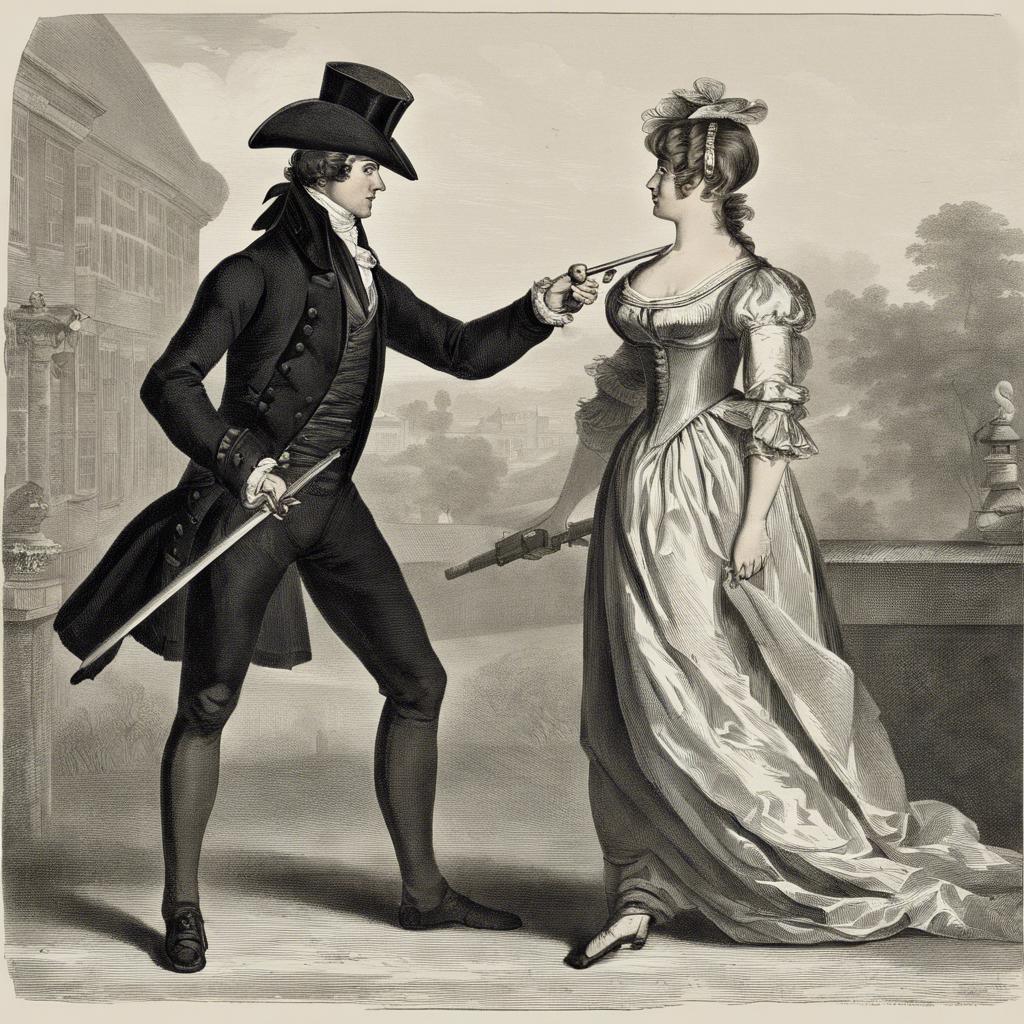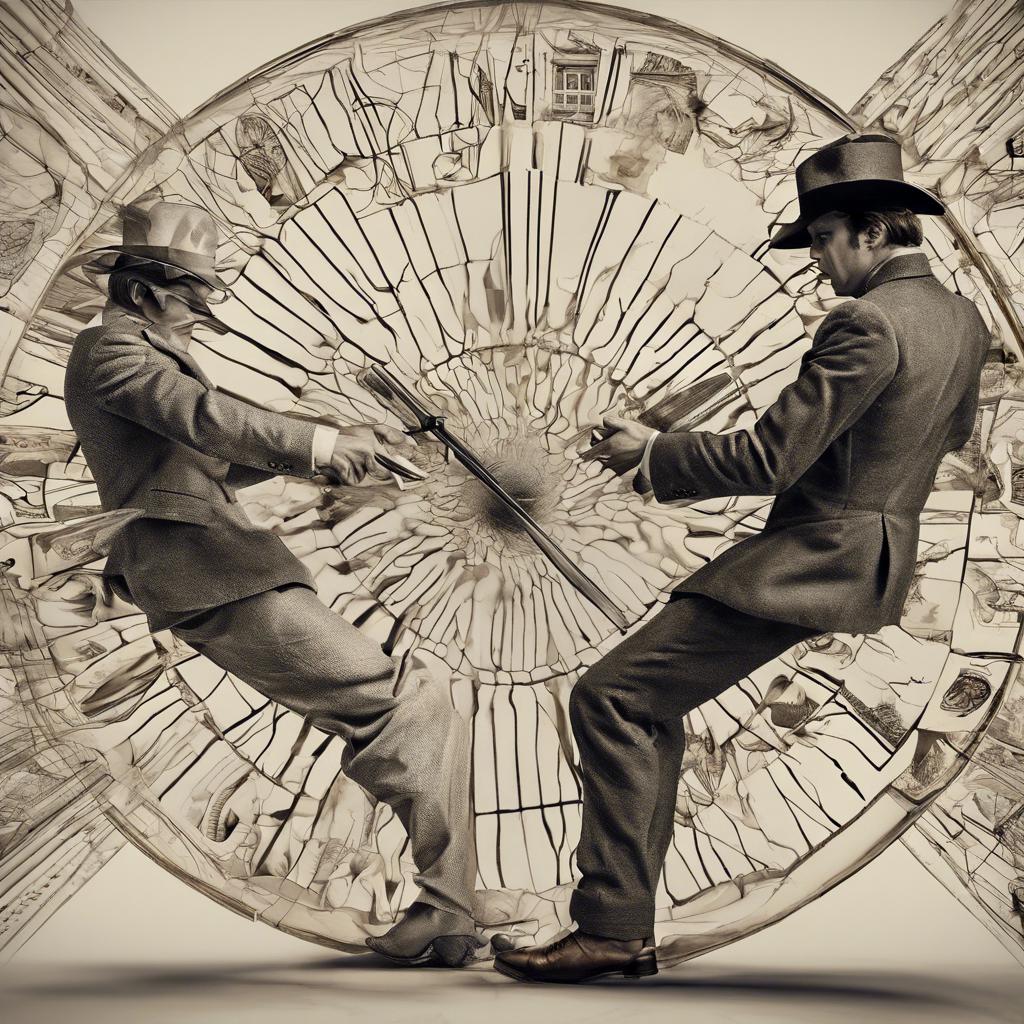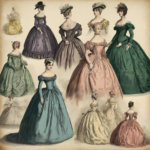During the Regency era in early 19th century England, dueling was a common practice among the aristocracy to settle disputes of honor. This time period, characterized by the elegant refinement of the Georgian era and the impending tumult of the Victorian era, saw an increase in the number of duels fought over matters of insult, principle, and reputation. To delve deeper into the world of Regency era dueling is to uncover a complex web of social customs, codes of conduct, and deadly consequences. Join us as we explore the fascinating history and culture of dueling during this defining period in British history.
Step Into the World of Cheryl Bolen
Dive into the enchanting stories of love, intrigue, and elegance set in the Regency Era. Cheryl Bolen's novels offer timeless romance and captivating tales that will leave you wanting more.
Explore Cheryl Bolen's Books Now
Overview of Regency Era Duels
The Regency Era was a time marked by political upheaval, societal change, and a code of honor that often led to deadly duels. Dueling was a common practice among the upper classes during this time, with disputes being settled through a fight to the death or until one party was too injured to continue. These duels were often carried out with pistols or swords, with strict rules governing the process.
One of the most famous duels of the Regency Era was the duel between Lord Byron and John Polidori. The two men fought over a perceived insult, with Byron ultimately emerging victorious. Despite the romanticized image of duels in literature and film, the reality was often brutal and deadly, with many participants losing their lives in the pursuit of honor.
Although dueling was eventually outlawed in England in 1843, its legacy lives on in the stories and legends of the Regency Era. The practice of dueling was seen as a way for men to defend their honor and reputation, often leading to tragic consequences. As society evolved, dueling fell out of favor, but its impact on the culture of the time cannot be denied.
Dueling Etiquette and Rules in Regency England
In Regency England, dueling was a serious matter that followed a strict set of etiquette and rules. One of the most important rules was the choice of weapons, with pistols being the most common choice for dueling. The pistols used were usually smoothbore and flintlock, ensuring a deadly accuracy in the hands of skilled marksmen.
Another crucial aspect of dueling etiquette was the selection of seconds. These individuals were responsible for overseeing the duel and ensuring that the rules were followed. Seconds were also in charge of negotiating the terms of the duel, such as the distance between the duelists and the number of shots allowed.
The actual duel itself followed a precise ritual, with each duelist standing back to back and then walking a set number of paces before turning to fire. It was considered honorable to aim carefully and not to shoot to maim, but to shoot to kill. The outcome of a duel could have far-reaching consequences, affecting one’s reputation and social standing in Regency society.
Famous Regency Era Duels: A Closer Look
In the Regency Era, dueling was a common way for gentlemen to settle disputes and defend their honor. These duels were often fought with pistols at dawn, in secluded locations away from the prying eyes of the law. Let’s take a closer look at some of the most famous duels from this period:
Lord Byron vs. John Chaworth
In 1808, the poet Lord Byron engaged in a duel with his neighbor, John Chaworth, over a dispute about a woman. The two men met at dawn, with pistols in hand, and exchanged shots. Byron was injured in the thigh, but Chaworth was unhurt. The duel left a lasting scar on Byron, both physically and emotionally.
William Pitt the Younger vs. George Tierney
In 1798, the Prime Minister of England, William Pitt the Younger, faced off against the politician George Tierney in a duel. The two men met on Wimbledon Common, where Tierney was wounded in the hip. Despite his injury, Tierney made a full recovery and went on to continue his political career.
Strategies and Tactics in Regency Duels
In a Regency era duel, participants must carefully consider their strategies and tactics in order to come out victorious. One key aspect to keep in mind is the choice of weapon. Whether it be pistols or swords, each weapon requires a different approach and skill set. Pistols, for example, demand quick reflexes and accuracy, while swords rely on precision and technique.
Another important factor in a Regency duel is the choice of location. The terrain can greatly impact the outcome of the duel, as uneven ground or obstacles can hinder a duelist’s movements. It is crucial for participants to familiarize themselves with the dueling site beforehand and adapt their tactics accordingly.
Furthermore, dueling etiquette must be observed at all times during a Regency duel. This includes following the rules of engagement, displaying proper sportsmanship, and adhering to the code of honor. By upholding these principles, duelists can ensure a fair and honorable contest.
To Wrap It Up
dueling in the Regency era was a practice steeped in tradition and honor, yet ultimately one that sought to resolve conflicts through violence. The strict codes of conduct, elaborate rituals, and societal expectations surrounding dueling painted a vivid picture of the complexities of life in the early 19th century. While dueling may seem archaic and barbaric by modern standards, it served as a reflection of the values and beliefs of its time. As we look back on this period in history, we are reminded of the importance placed on honor, reputation, and the preservation of one’s perceived social standing. The Regency era duel remains a fascinating and enduring aspect of historical exploration, shedding light on the customs and practices of a bygone era.


